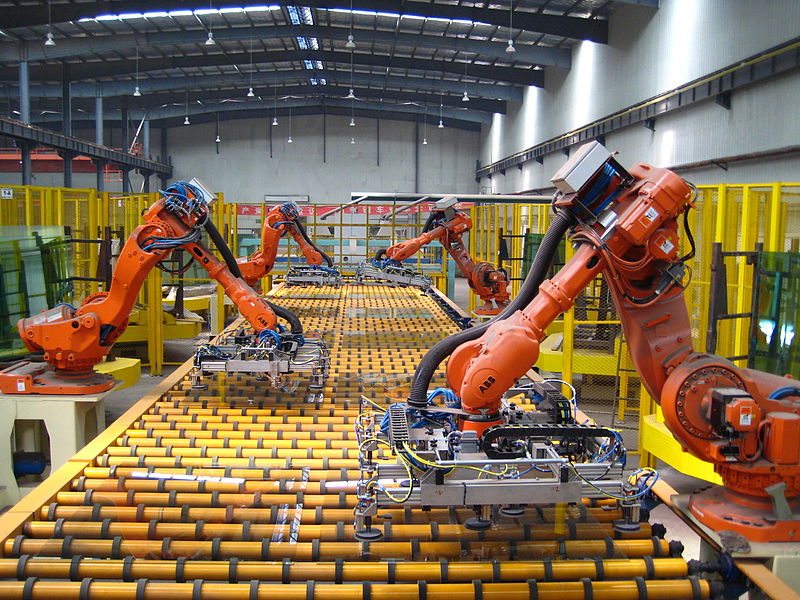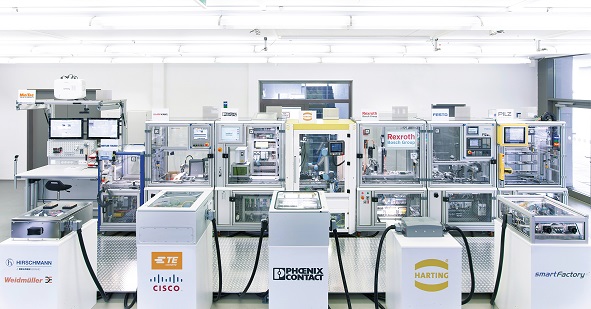Industry 4.0 or the 4th industrial revolution is shaping rapidly in several core areas. The Smart Factory has taken off globally and combined with IoT and autonomous robots the shift in manufacturing is well under way. Supply chains have evolved tremendously and data is driving this new era.
However, a number of manufacturers while plotting their way through the Industry 4.0 revolution view the start of these data driven systems at upstream procurement of raw materials and view the end of the manufacturing line as the end objective as the finished products rolls out of the factory and into the world. Industry 4.0 is seen as an enabler for a truly circular economy and in a circular economy, the data generation, data exchange, communication between systems and improvement of processes simply cannot end when the finished product rolls off a manufacturing line. It maybe the end of the manufacturing process, but it’s only the very beginning of the products lifecycle.

The manufacturer or brand needs to be able to gather, access and use data about that product throughout its lifecycle till the point it ends up back with them in the form of recycled material or any other form as it begins its journey with once again. It’s not just the brand or manufacturer that needs information about every product that leaves its premises. As it exits the factory, each item is interacted with by trucking and transport companies, warehousing companies, distributors, exporters, importers, customs, government regulators, safety inspectors, wholesalers, retailers and the consumers among other stakeholders in this largely complex ecosystem. With every interaction with the product, there is exchange of data about the product relayed to a system or person and this where connected smart products or products with smart packaging / active packaging come into the picture to enable this constant exchange and need for information. Traditionally barcoded products which stored nothing but a 12-14 digit identifier were scanned to identify items and power systems from point A to point B in the lifecycle. Then, a new barcode would be slapped on to handle requirements from point B to point C and so on.
With a new age connected smart products platform and smart packaging platforms however, you can have a digital record / digital twin that gets created along with the physical product which remains with throughout the lifecycle of the product. A single digital record accessible over the internet that lives with the product and serves all its information exchange needs through its life. It can be connected to multiple tags, sensors, barcodes, QR codes and identifiers. It can also be scanned by multiple devices from barcode scanners, RFID gates in warehouses, handheld scanning devices, Bluetooth devices and consumer smartphones, delivering different experiences and information requirements depending on who interacts with the packaging or product. However, it’s still one digital twin or record of the product that really allows it to be part of the greater Industry 4.0 landscape.
It is this digitally enabled smart product or smart packaging that will enable:
- Greater trust in the product by the consumer
- Truth in in terms of information for partners and stakeholders
- Greater transparency through the supply chain
- Smarter supply chains
- Reduced waste & better sustainability
- Improved safety and authenticity of products in the market
- Smarter product recall processes
- Improved feedback loops between brands and buyers
And the benefits of a more intelligent, sustainable circular economy. Without the technology that enables connected smart products and smart packaging, the entire picture of where we’re headed with Industry 4.0 is incomplete.

Recent Comments